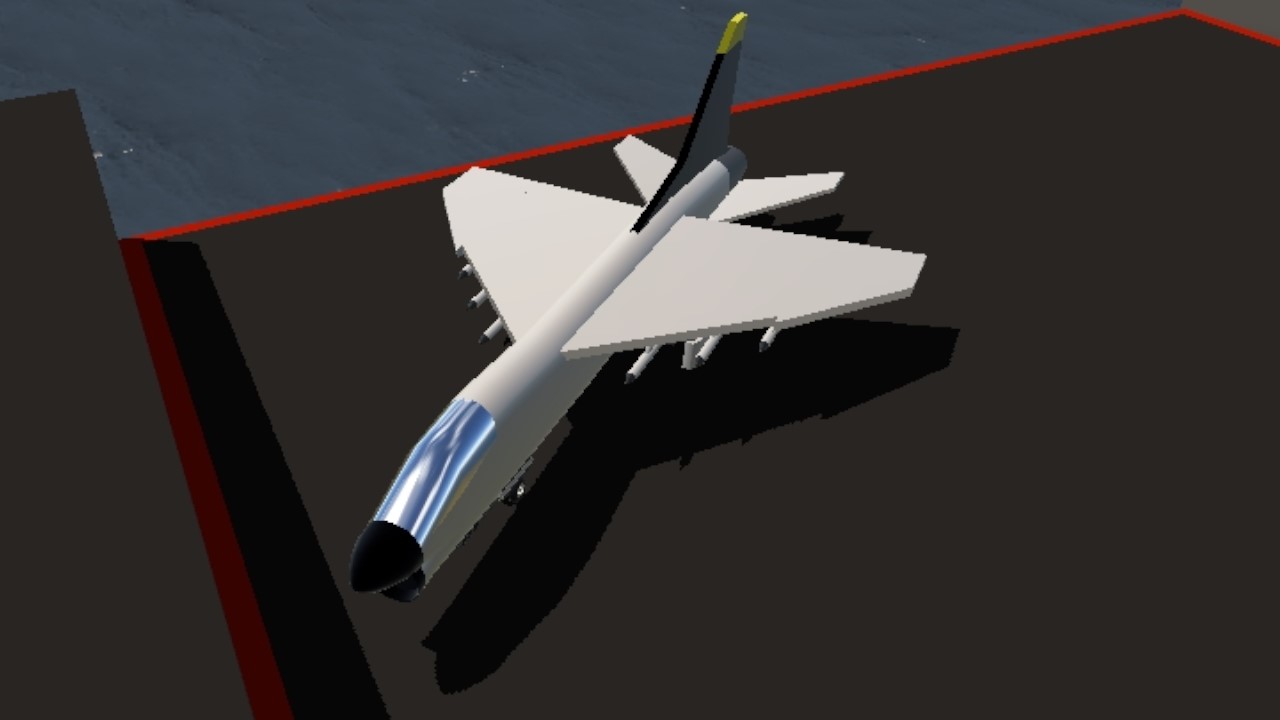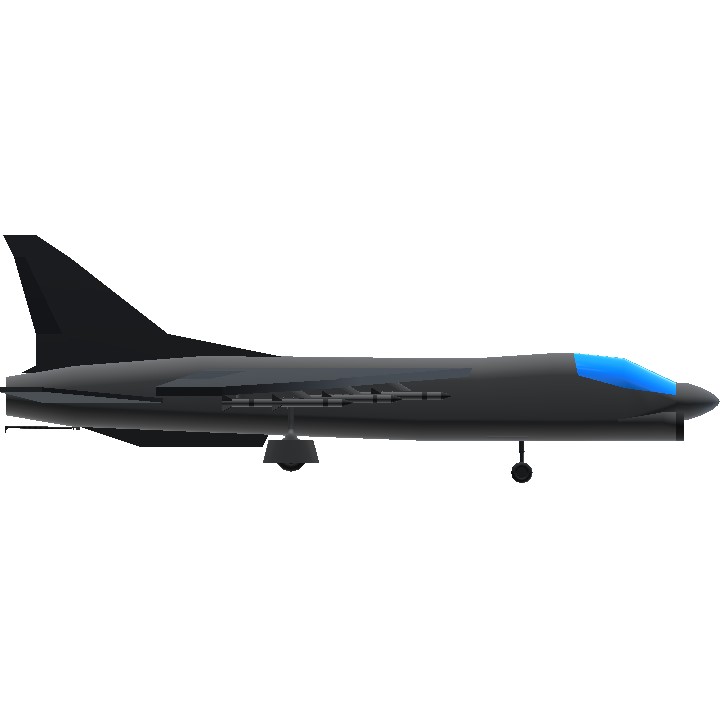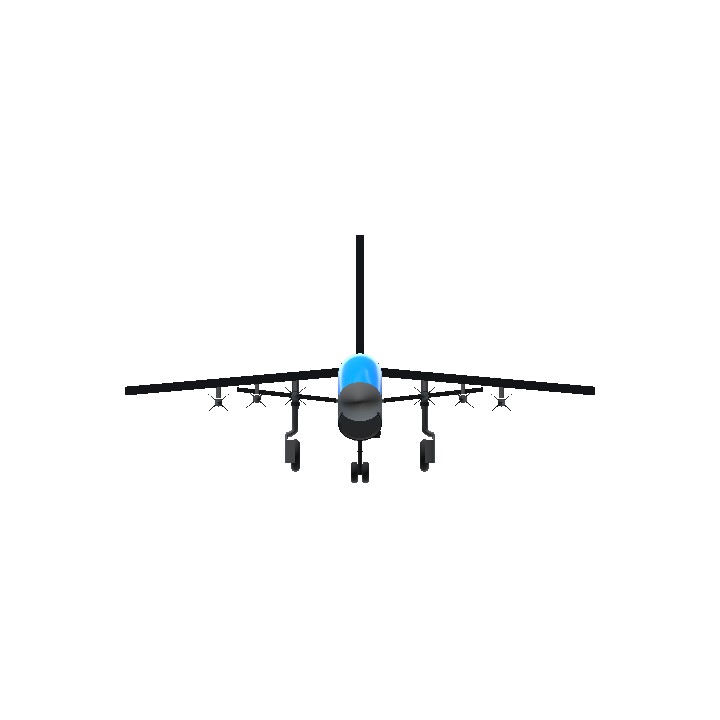GOLD SPECIAL (THANKS FOR GOLD ^w^)
About
The Vought F-8 Crusader (originally F8U) is a single-engine, supersonic, carrier-based air superiority jet aircraft[2] designed and produced by the American aircraft manufacturer Vought. It was the last American fighter that had guns as the primary weapon, earning it the title "The Last of the Gunfighters".[3][4]
Development of the F-8 commenced after release of the requirement for a new fighter by the United States Navy in September 1952. Vought's design team, led by John Russell Clark, produced the V-383, a relatively unorthodox fighter that possessed an innovative high-mounted variable-incidence wing, an area-ruled fuselage, all-moving stabilators, dog-tooth notching at the wing folds for improved yaw stability, and liberal use of titanium throughout the airframe. During June 1953, Vought received an initial order to produce three XF8U-1 prototypes of its design. On 25 March 1955, the first prototype performed its maiden flight. Flight testing proved the aircraft to be relatively problem-free. On 21 August 1956, U.S. Navy pilot R.W. Windsor attained a top speed of 1,015 mph; in doing so, the F-8 became the first jet fighter in American service to reach 1,000 mph.[5]
During March 1957, the F-8 was introduced into regular operations with the US Navy. In addition to the Navy, the type was also operated by the United States Marine Corps (replacing the Vought F7U Cutlass), the French Navy, and the Philippine Air Force. Early on, the type experienced an above-average mishap rate, being somewhat difficult to pilot. American F-8s saw active combat during the Vietnam War, engaging in multiple dogfights with MiG-17s of the Vietnam People's Air Force as well as performing ground attack missions in the theatre. The RF-8 Crusader was a photo-reconnaissance model. It played a crucial role in the Cuban Missile Crisis, providing essential low-level photographs of Soviet medium range ballistic missiles (MRBMs) in Cuba that were impossible to acquire by other means at that time.[3] Several modified F-8s were used by NASA for experimental flights, including the testing of digital fly-by-wire technology and supercritical wing design. The RF-8 operated in U.S. service longer than any of the fighter versions; the United States Navy Reserve withdrew its remaining aircraft during 1987.
Specifications
General Characteristics
- Created On Android
- Wingspan 34.8ft (10.6m)
- Length 53.6ft (16.3m)
- Height 18.4ft (5.6m)
- Empty Weight 15,196lbs (6,892kg)
- Loaded Weight 21,316lbs (9,669kg)
Performance
- Power/Weight Ratio 1.581
- Wing Loading 34.5lbs/ft2 (168.3kg/m2)
- Wing Area 618.5ft2 (57.5m2)
- Drag Points 3058
Parts
- Number of Parts 71
- Control Surfaces 3
- Performance Cost 465





This is my chance to get thru platinum...
Congratulations on gold!
🏅
Congrats on ur 5000 points <3